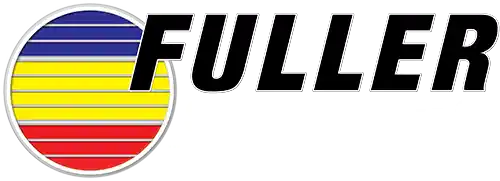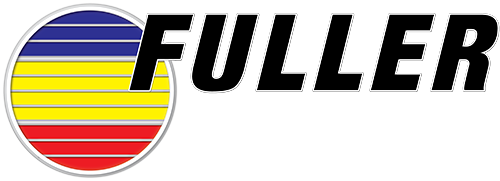Northern Alabama is known for its beautiful historic homes — they’re what gives the region its unique character and charm. However, HVAC problems often come with these older properties, and it’s important to be aware of challenges you may face if you own a home built before 1980. With hot, humid summers and occasionally bitter winters, having a reliable heating and cooling system is essential for comfortable living in this region.
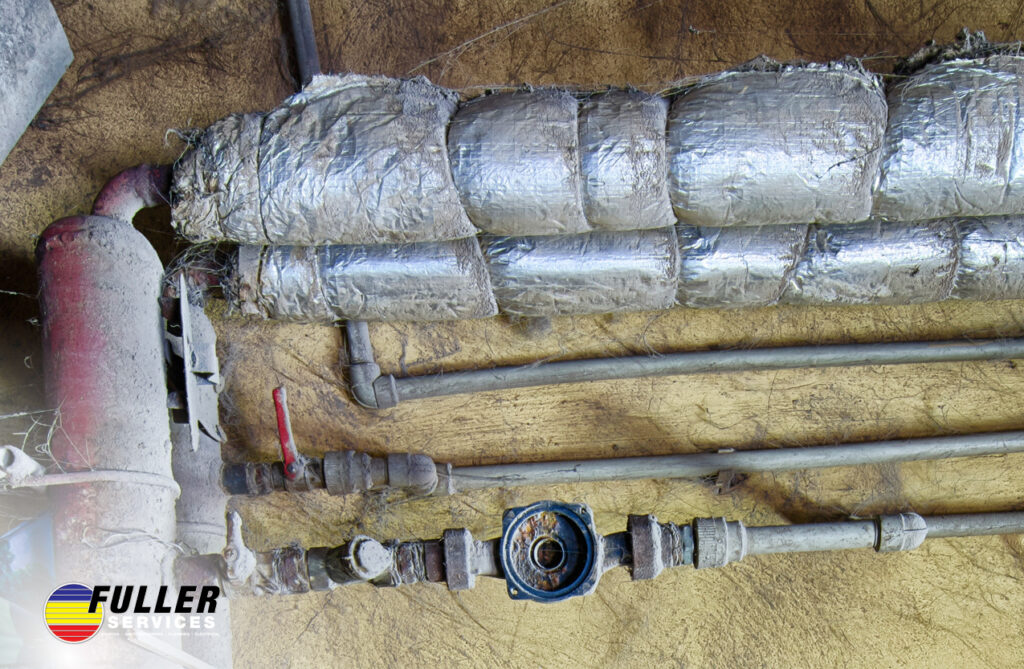
1. Outdated Ductwork
Last summer, I received a call from a homeowner in a historic neighborhood of Harvest who was experiencing uneven cooling throughout their home. Their beautiful colonial-style house was built in the early 1960s and still had most of its original ductwork. Upon inspection, I discovered numerous issues that were affecting their comfort and energy bills.
The metal ducts had deteriorated over time, with numerous small holes and disconnected sections hidden behind walls and in the crawlspace. These leaks were causing significant air loss—up to 30% of conditioned air was escaping before reaching the intended rooms. Additionally, the layout wasn’t designed for modern HVAC systems, creating airflow imbalances throughout the home.
I recommended a comprehensive duct sealing and partial replacement project, focusing on the most damaged sections while preserving what we could of the original system. We used professional-grade sealants and insulated the ducts properly to prevent further energy loss. After completion, the homeowner immediately noticed more consistent temperatures throughout their home and a welcome decrease in their utility bills.
2. Inefficient Heating Systems
One particularly cold January evening, I got an emergency call from a distressed homeowner in Florence. Their 1950s craftsman-style home was barely heating despite their furnace running constantly. When I arrived, the indoor temperature was hovering around 55 degrees, and the homeowner was bundled in layers of clothing.
Upon inspection, I found they were still using a heating system that had long outlived its efficiency. The old furnace was operating at about 65% efficiency (compared to modern systems that achieve 95-97%), consuming excessive energy while providing inadequate heat. Additionally, the pilot light was inconsistent, and several internal components showed significant wear.
After discussing options with the homeowner, we decided to install a high-efficiency furnace that matched the home’s heating needs while preserving its character. The installation required some modifications to accommodate modern equipment in the older space, but we completed the work with minimal disruption to the home’s structure.
For homeowners with aging heating systems, I recommend watching for these warning signs:
- Rising energy bills despite similar usage
- Uneven heating throughout the home
- Frequent cycling on and off
- Unusual noises during operation
- Yellow pilot light instead of blue
- Age of 15+ years
Regular maintenance can extend the life of older systems, but eventually, replacement becomes the most cost-effective and comfortable solution.
Related Article: Winterizing Your HVAC in North Alabama: A Homeowner’s Checklist
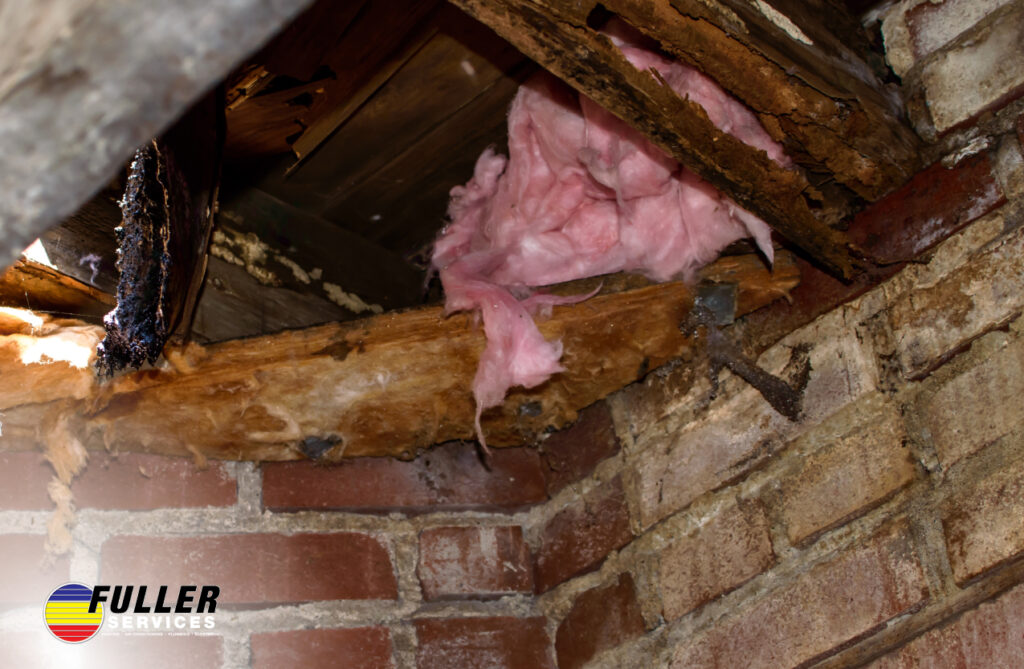
3. Inadequate Insulation
A memorable project involved a stunning Victorian home in Decatur’s historic district. The owners had been battling extreme temperature fluctuations and sky-high energy bills despite having their HVAC system serviced regularly. Their home would be sweltering in summer and frigid in winter, particularly in rooms on the upper floors and those with exterior walls.
After conducting a thorough energy audit, the primary culprit became clear: severely inadequate insulation. Like many homes built before modern energy codes, this 1890s beauty had minimal insulation in the walls and attic spaces. Using thermal imaging, we identified numerous areas where conditioned air was escaping, essentially forcing their HVAC system to work constantly against the elements.
Working carefully to preserve the historic features of the home, we implemented a comprehensive insulation plan. In the attic, we increased insulation to R-49 value, appropriate for Northern Alabama’s climate. For the walls, we used minimally invasive techniques to add blown-in insulation without damaging the original plaster and lath. We also addressed significant air leakage around windows, doors, and foundation areas.
4. Oversized or Undersized Systems
In Madison, I encountered a common but often overlooked issue in a beautiful mid-century modern home. The homeowners had purchased the property a year prior and complained about short cycling of their air conditioner, excessive humidity, and uncomfortable temperature swings. They assumed they needed a new system, but the diagnosis revealed something different.
During the inspection, I discovered their cooling system had been replaced about five years earlier with a unit significantly oversized for the home’s square footage and design. The previous contractor had apparently followed the “bigger is better” philosophy without conducting proper load calculations. As a result, the system cooled the air too quickly without running long enough to properly dehumidify it, creating a clammy feeling and frequent on-off cycling that was wearing out components prematurely.
After conducting precise Manual J load calculations (the industry standard for determining proper system sizing), we replaced the oversized unit with a properly sized, two-stage system. The difference was transformative—the home maintained consistent comfort levels, humidity was properly controlled, and the system ran more efficiently with less wear and tear.
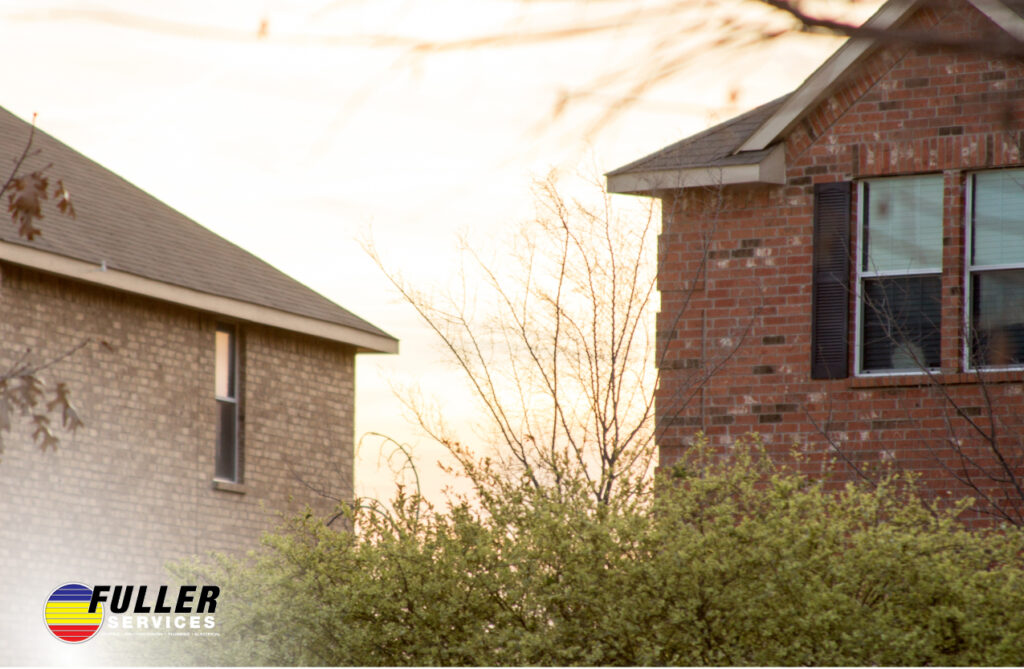
5. Poor Ventilation
A historic brick home in Athens presented a challenging ventilation issue that had persisted for decades. The homeowners complained of stuffiness, lingering cooking odors, and excessive moisture in bathrooms despite running exhaust fans. During my evaluation, I discovered the home had been built with minimal consideration for air exchange—a common characteristic of pre-1980s construction when buildings were not designed to be as airtight as modern construction.
The existing exhaust fans were underpowered and vented into the attic rather than outside, creating moisture problems in the upper portions of the home. Additionally, the kitchen hood was a recirculating type that filtered but didn’t remove cooking fumes and excess heat.
To address these issues, we installed proper ventilation, including high-efficiency, quiet bathroom exhaust fans vented directly outdoors, and a powerful range hood that removed cooking byproducts from the home. The most significant improvement came from adding a whole-house ventilation system that brought in fresh outdoor air while exhausting stale indoor air, with an energy recovery component that preserved heating and cooling energy.
After these modifications, the homeowners reported dramatic improvements in indoor air quality. The musty smell disappeared, bathroom mirrors no longer fogged extensively during showers, and cooking odors dissipated quickly rather than lingering for days.
6. Outdated Thermostats
In Muscle Shoals, I visited a well-preserved 1960s ranch home where the owners were frustrated with temperature inconsistencies and higher-than-expected utility bills. Upon arrival, I noticed they were still using the original mercury-bulb thermostat that came with the home—a simple device with limited capabilities and significant accuracy issues.
The old thermostat had a temperature swing of nearly five degrees, meaning the system wouldn’t activate until the home was significantly warmer or cooler than the setpoint. Additionally, its location on an interior wall near the kitchen exposed it to cooking heat, causing it to misread the actual home temperature.
After discussing options with the homeowners, we installed a smart thermostat with remote temperature sensors in key rooms. This allowed for much more precise temperature control (within one degree) and provided the ability to adjust settings based on time of day, occupancy, and even weather forecasts. We also relocated the main control to a more representative location away from heat sources and drafts. The results exceeded the homeowners’ expectations.
7. Air Quality Issues
A particularly memorable project involved a charming 1940s cottage in Scottsboro. The homeowners had been experiencing persistent allergies and respiratory issues that seemed to worsen when indoors. Their doctor had suggested their symptoms might be related to poor indoor air quality, prompting them to seek a professional evaluation.
When I inspected their HVAC system, the problems were immediately apparent. The ductwork contained decades of accumulated dust, pollen, and debris that circulated throughout the home with each cycle of the system. The air handler contained mold growth due to poor drainage and high humidity levels. Additionally, the home lacked any effective air filtration beyond a basic fiberglass filter that was capturing only the largest particles.
We approached this situation comprehensively, starting with a professional duct cleaning to remove the accumulated contaminants. We corrected the drainage issues in the air handler and treated the existing mold. Most importantly, we installed a whole-home air purification system that included HEPA filtration, UV light treatment for microbial control, and activated carbon for odor and chemical filtration.
Within weeks, the homeowners reported significant improvement in their symptoms and overall comfort. Air quality testing confirmed dramatic reductions in particulates, allergens, and microbial counts throughout the home.
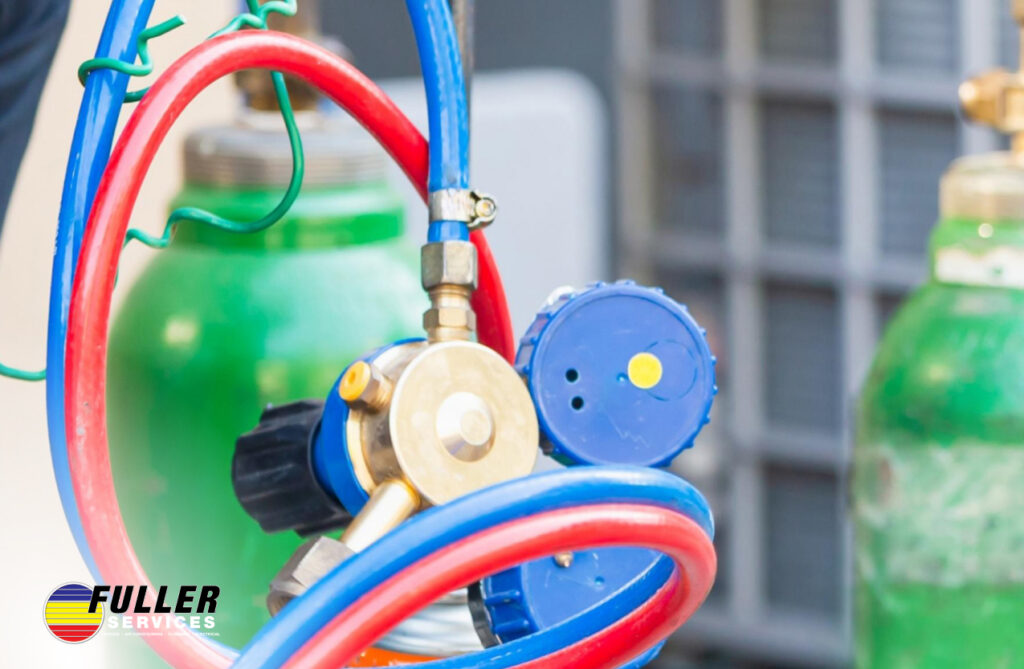
8. Refrigerant Problems
In a stately colonial home in Huntsville’s historic district, I encountered a situation increasingly common in pre-1980 homes. The homeowners had an air conditioning system from the early 2000s that used R-22 refrigerant (commonly known as Freon), which has been phased out due to environmental concerns. They called when their system stopped cooling effectively during a particularly hot August week.
Diagnosis revealed a significant refrigerant leak that had developed in the evaporator coil. In newer systems, recharging with refrigerant would be straightforward, but with R-22 now obsolete and extremely expensive when available, the repair presented a dilemma. A partial repair would be costly and temporary, as the aging system would likely develop additional leaks.
After discussing options, the homeowners decided to upgrade to a modern system using R-410A refrigerant. This required replacing both the indoor and outdoor units to ensure compatibility. While this represented a significant investment, the new system offered substantially higher efficiency (18 SEER compared to their old 10 SEER system) and eliminated concerns about future refrigerant availability.
The new system provided excellent cooling performance while reducing their electricity consumption by approximately 40% during summer months. Additionally, the modern system operated much more quietly than their previous unit.
For Northern Alabama homeowners with older air conditioning systems, refrigerant issues are increasingly problematic. If your system was installed before 2010, it likely uses R-22 refrigerant. Warning signs of refrigerant problems include:
- Diminished cooling capacity
- The system is running longer to achieve desired temperature
- Ice formation on the refrigerant lines or evaporator coil
- Hissing sounds indicating leaks
- Higher-than-normal electric bills
While repairs may extend the life of some systems, homeowners should be aware that R-22 refrigerant is no longer manufactured, making eventual replacement inevitable.
9. Electrical Systems Integration
A challenging project in Cullman involved a beautifully preserved 1920s craftsman home that had been carefully updated over the years—except for its electrical system. The homeowners had installed a modern heat pump but were experiencing frequent circuit trips, dimming lights when the system activated, and occasional unexplained shutdowns.
Investigation revealed that while the HVAC equipment was modern, the electrical infrastructure supporting it was dangerously outdated. The home still had portions of its original knob-and-tube wiring and an electrical panel that was inadequate for the demands of contemporary HVAC equipment. Additionally, the dedicated circuit for the HVAC system was undersized, causing voltage drops when compressors and blowers activated.
Working alongside a licensed electrician, we developed a comprehensive solution that included upgrading the electrical panel, installing properly sized dedicated circuits for the HVAC equipment, and adding surge protection to prevent damage from power fluctuations common in our area during storms. These upgrades required careful planning to preserve the historic character of the home while bringing the systems up to current safety standards.
After the electrical work was completed, the HVAC system performed flawlessly. The homeowners reported no more circuit trips, and their system maintained consistent operation even during periods of high demand.
In Northern Alabama, where summer cooling demands place significant loads on electrical systems, ensuring your home’s wiring and panel can adequately support modern HVAC equipment is essential for both performance and safety. Warning signs of electrical inadequacy include:
- Circuit breakers that trip when HVAC equipment starts
- Lights that dim when the system activates
- Unexplained system shutdowns
- Warm electrical panels or outlets
- Burning odors near electrical components
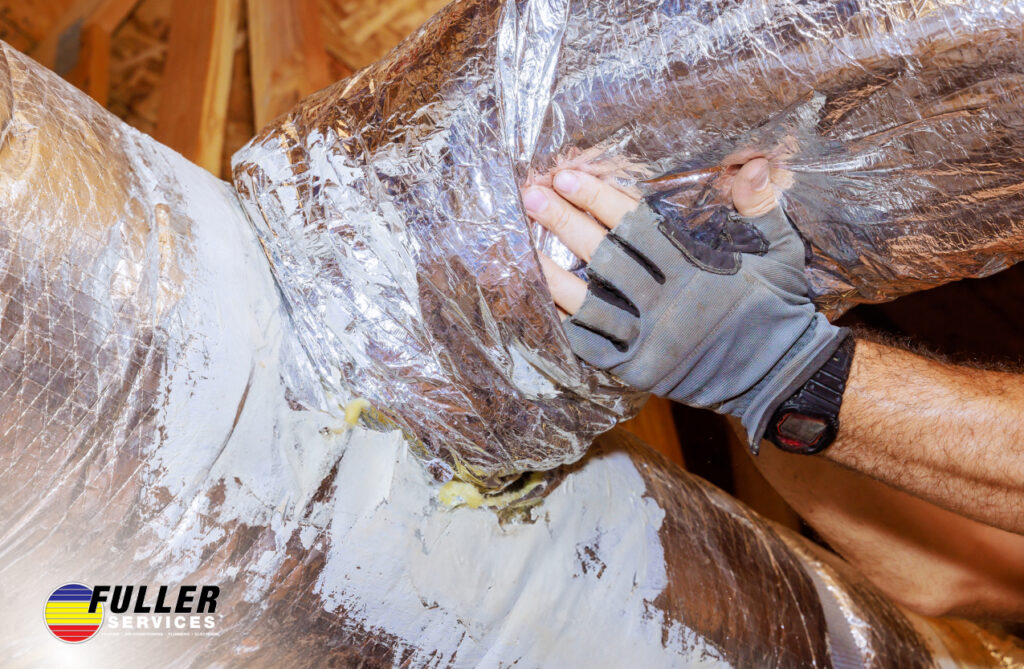
10. Maintenance Neglect
One of the most dramatic transformations I’ve witnessed involved a grand Victorian home in Athens that had been unoccupied for several years before the new owners purchased it. The HVAC system, while not original to the home, was about 20 years old and had received virtually no maintenance during the previous owner’s tenure or during the vacant period.
The system was barely functional when I first inspected it. The outdoor condenser was choked with debris and vegetation, the evaporator coil was completely clogged with dust and organic growth, filter slots were empty, and ductwork contained accumulations of dust and even evidence of pest intrusions. Despite these severe issues, the basic components were surprisingly intact, offering an opportunity for restoration rather than complete replacement.
We proceeded with an intensive rejuvenation process: professional cleaning of all components, replacement of worn parts, sealing and cleaning of ductwork, installation of proper filtration, and comprehensive testing and calibration. The process took several days but cost a fraction of what a full system replacement would have required.
The results were remarkable. The system, while not as efficient as a new installation, performed reliably and effectively, giving the homeowners several more years to budget for an eventual upgrade. Their energy bills decreased by approximately 25% simply from having a clean, well-tuned system.
This experience underscores a fundamental truth about HVAC systems in older homes: regular maintenance is absolutely essential for performance, efficiency, and longevity. In Northern Alabama’s climate, where systems work hard year-round, neglect accelerates deterioration. Simple maintenance practices can dramatically extend system life:
- Monthly filter inspections and changes as needed
- Annual professional tune-ups for both heating and cooling systems
- Keeping outdoor units clear of debris and vegetation
- Maintaining clear airflow around indoor vents and returns
- Prompt attention to unusual noises, odors, or performance issues
Even the most technologically advanced system will fail prematurely without proper care, while well-maintained older systems can provide years of additional service.
We’re Not Just Fixing Systems, We’re Making Homes Comfortable Again
HVAC problems are common in older Northern Alabama homes, but they can also appear in newer properties without proper maintenance and care. Our main goal is to be a reliable HVAC contractor for every homeowner’s needs, whether you have a historic property or a modern home.
From addressing outdated ductwork to improving indoor air quality, we’re equipped to handle whatever issue you’re faced with. As we navigate these challenges together, our commitment is to provide solutions that not only resolve immediate problems but also enhance the long-term comfort, efficiency, and safety of your home’s heating and cooling systems.
